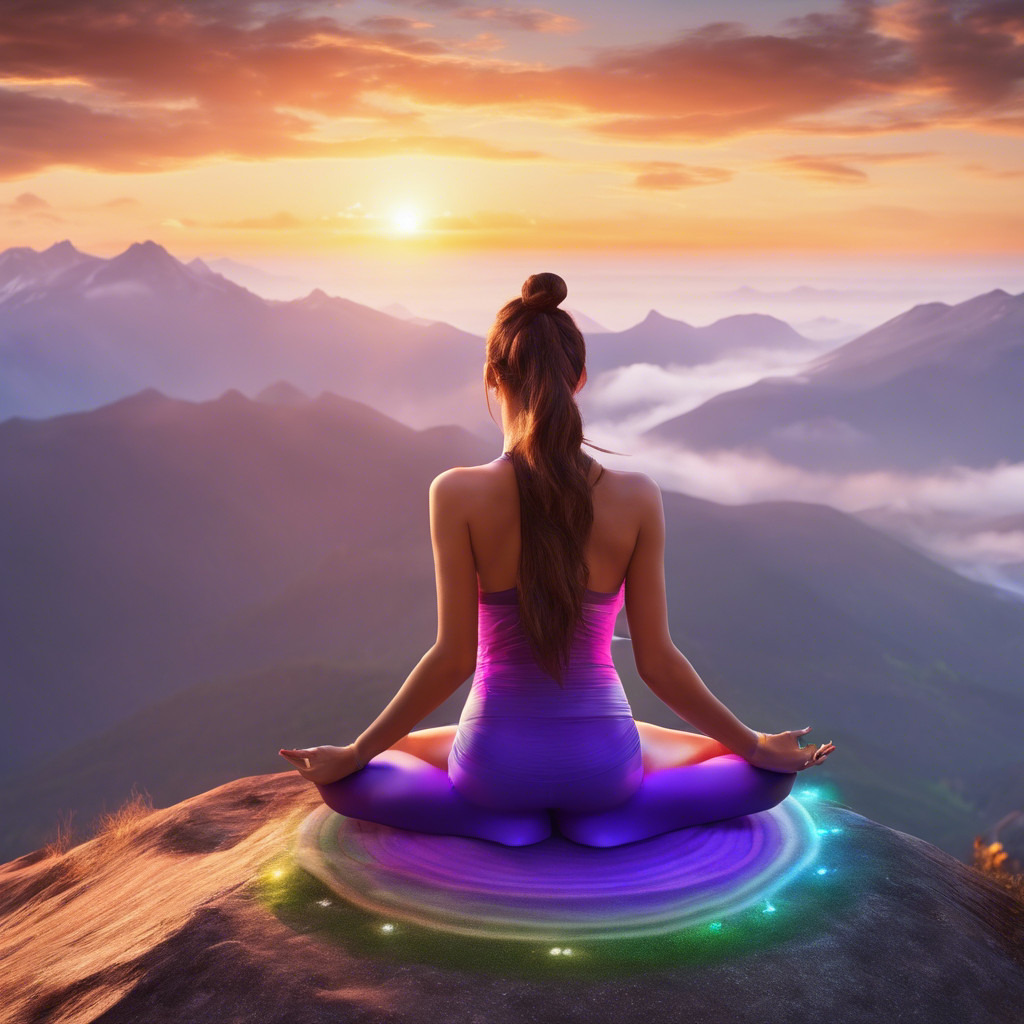What are auras?
Whether you believe in the spiritual side of life or not, science has proven that everything is made up of energy, including you and me! The aura is part of our energy field and all living things have one, even trees. Some people can see auras naturally but, for most of us, it takes a lot of practice!
Our aura can be close to our body or can expand for several metres, depending on how we are feeling. It can also change colour. Sometimes auras are one colour but most of them are a combination of one or more colours. If you know anything about colour therapy or chakra healing you will know the meanings of the colours and how they relate to our general sense of health and wellbeing; however, don’t worry if you don’t as I will be going into this in more detail below.
How to see auras…
Seeing the aura is a matter of taking your eyes slightly out of focus. If you’ve ever been able to see those holographic picture-in-a-picture things then you shouldn’t have any trouble seeing auras as you do exactly the same thing with your eyes.
You can do it with someone else or you can look at a living object or your own arm. When I first tried it, I used my own arm. It is best to have your arm or your volunteer against a white or other plain background. Now relax and let your eyes go out of focus so your arm or volunteer goes out of focus. Try to get into a daydreamy state.
If you are doing this right, you might start to see a faint line around your arm or your friend. This might look like translucent or white, to begin with. If you move your arm around or ask your volunteer to move slightly, you should see this line move too.
With practice, you might start to see colours in the auric field. There are different schools of thought on this. Some people believe that the main colour of a person’s aura relates to the chakra that is unbalanced and the person should work on that chakra, while other people believe that the aura colour relates to the person’s current state of health and wellbeing. I, personally, believe that the aura colour relates to the current state as I don’t understand why the energy field would contain a colour that is lacking, but as there is still no scientific evidence to support that auras even exist then this is just an opinion and not a fact!
You can have a play with this yourself once you’ve had a bit of practice. Does your friend always have a red aura when they are angry, for example? Or does the aura around your arm look yellow when you are feeling happy and confident? Have some fun with it!
Here are some traditional meanings of the colours so you can get a basic idea, while you are just starting out…
- Red: Passion, energy, vitality, anger
- Orange: Creativity, joy, enthusiasm, sexuality
- Yellow: Intellect, wisdom, communication, confidence, depression
- Green: Healing, balance, harmony, jealousy
- Blue: Intuition, spirituality, peace, aloofness
- Purple: Royalty, wisdom, higher consciousness, spaced out
- White: Purity, enlightenment, oneness
Don’t be too put out if it takes a while. As you work with this you’ll gradually become aware of even more subtle layers of energy that surround people. You may also find that you can actually feel another person’s chakras – if you often get good or bad vibes about people, then this is most probably due to you sensing their aura.
Why should I bother trying to read auras?
As someone who works with how our thoughts influence our emotions, I find working with auras is a good way to find out what is going on in a person’s auric field (energy body) as sometimes our body can hold on to trauma and other blocked emotions that we have not been able to release. Once you get better at reading a person’s aura you will be able to know when someone has unresolved emotional issues that may be stored in the body. If this is the case, these emotions may be affecting a person’s physical health or another part of their life.
I’d love to hear how you get on!

